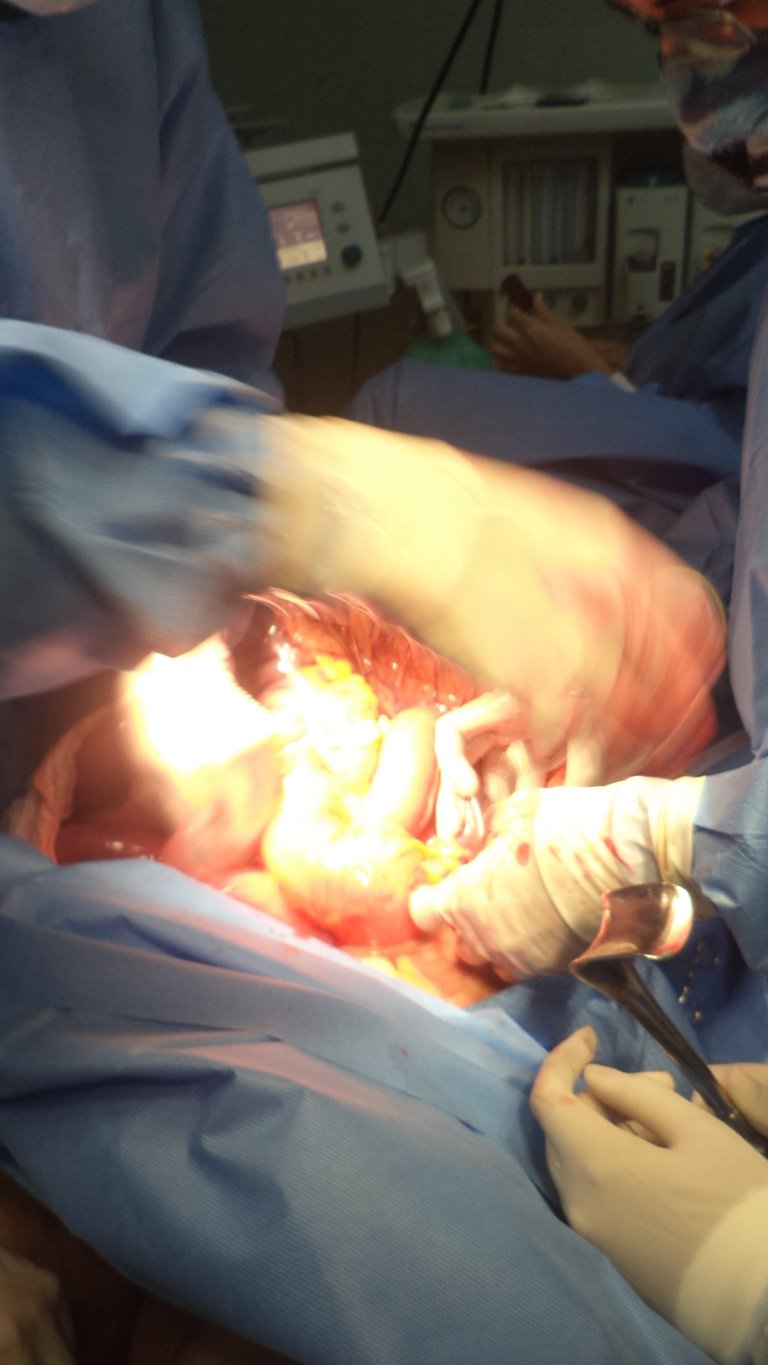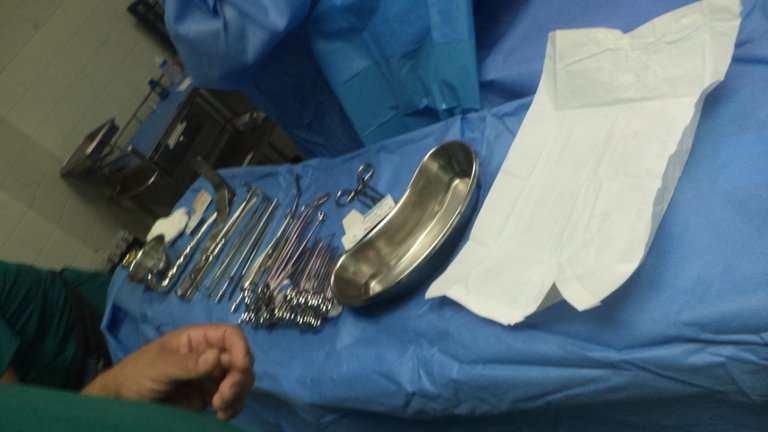Fecalito - Surgical intervention

When mentioning fecalito we should know that it is a problem that anyone can suffer, it is a problem at the digestive level where feces accumulate and therefore they solidify (thus being very hard to be expelled correctly). Fecaliths can also be known as fecalomas as I mentioned earlier and also by the name of coprolite, or also called as the famous stool stones.
The fecal problem can occur both at the rectal level and at the level of the intestines.
When the problem is at the level of the intestines, the small intestine and the large intestine can be compromised, and it is there that a surgical intervention by the health team will be needed to improve the pathological problem in the patient who suffers from it.
Surgical intervention
Laparotomy
In this case we find a female patient who enters the surgical area for presenting a digestive problem in the small intestine, to be more precise a fecal problem such as a fecaloma. To solve the problem, a surgical intervention was performed where the patient had a laparotomy.
`What is laparotomy?
It is an invasive surgical procedure where the abdominal cavity will be opened by means of several incisions made by the surgeon in order to explore the viscera and if it is necessary to solve at that moment the problem that can be found in the cavity.
The surgical team must be trained to face the intervention, this time we can count on the surgeon and two of his medical students (whom we refer to as residents; R1 and R2) An anesthesiologist, an instrumented nurse and a nurse circulating (which in this case is me).



Already the operating room must be previously equipped with the necessary materials for the intervention. Here I will name some of them; probes (Foley and Nelaton) gauze and sterile gloves, sterile pads, 0.9% physiological solution. In the event of an emergency, medications such as adrenaline or also known as epinephrine are required.

Those who are responsible for equipping the operating room correctly are both instrumentalist and circulating nurses.
The general surgeon will begin to make the incision after the aseptic and antiseptic measures have been correctly performed in the patient and the surgical fields have been placed (this is done to prevent the spread of pathogens and thus prevent infections).

At all times of the intervention it is necessary for the instrumentalist to provide the tools to the surgeon and his assistants so that the surgery is faster and more effective.
It is important within the surgical area to keep calm in situations of clean-contaminated interventions, since the minimum error can lead to contamination of the patient's abdominal cavity, which is why you should always act calmly despite the pressure that It may exist at the moment.
In spite of being an extremely simple intervention, it is important to maintain aseptic and antiseptic norms in order to avoid future complications in the patient, such as an infection. In the same way, after performing the surgical intervention, it is important to explain to the patient that they should keep absolute rest due to the type of incision that has been made, since if it is exerted too much pressure it can end in an evisceration; that is, the viscera (organs in the abdominal cavity) can go outside the body, making this a very serious complication.

Everything you just read here has been my little experience in Surgical Medical matters II
The separator you just saw, is my authority.
The images you just saw are my authority.
The program I have used is called Paint tool sai
Thank you very much for reading, any comments and questions you have will be well received.
Nursing student - Artist - @arisita

✔ I invite you to read more of my latest content
Structure of the surgical area / areas
Abby Cadabby / Step by step + explanation
Why is it important to treat tuberculosis?

✔ I invite you to read more of my latest content
Structure of the surgical area / areas
Abby Cadabby / Step by step + explanation
Why is it important to treat tuberculosis?



According to the Bible, Bro. Eli Soriano: What really happened to Joseph Smith?
Watch the Video below to know the Answer...
(Sorry for sending this comment. We are not looking for our self profit, our intentions is to preach the words of God in any means possible.)
Comment what you understand of our Youtube Video to receive our full votes. We have 30,000 #SteemPower. It's our little way to Thank you, our beloved friend.
Check our Discord Chat
Join our Official Community: https://steemit.com/created/hive-182074